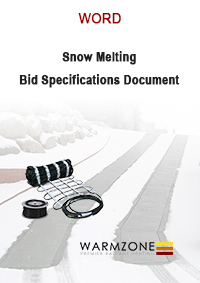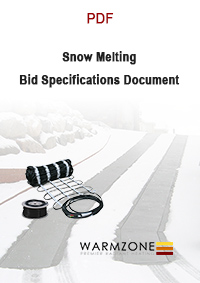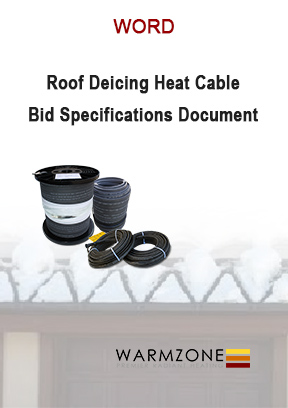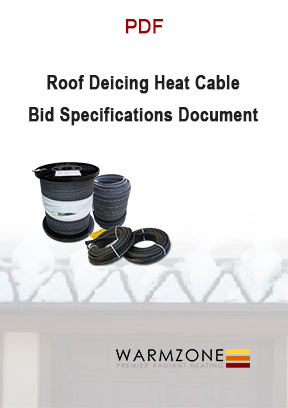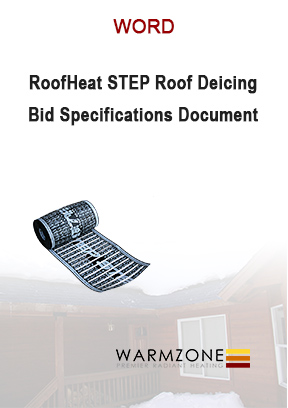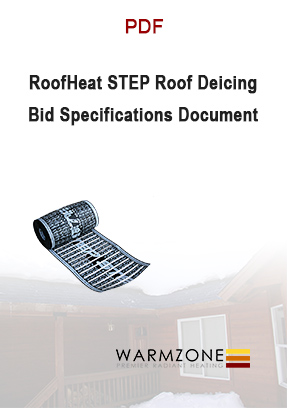Snow Sensors Automatically Detect Conditions
Driveway heating is designed to make your life easier. Many people wonder how much work a heated driveway requires once it is installed. Having to babysit the system would be considered a huge deterrent to purchasing a heated driveway, thus great effort has gone into streamlining the systems so they are fully automated and maintenance free. The automatic snow sensor that comes with every heated driveway is designed to set-up initially and then only touch it when small adjustments are needed throughout the season. The snow sensor does all the work of detecting snow and when to turn the heated driveway system on and off.
Going on vacation or even going to bed at night are usually the best times for snow to have time to accumulate. Winter storms don’t usually come at the most convenient times so planning around them is tough to do. With an automated snow melting system you really can leave it alone and let the heated driveway do all the heavy lifting. The driveway heating cables work when needed to keep the surface of your drive warm enough that snow and ice can’t stick for very long. You can enjoy a long, peaceful night of sleep as well as the knowledge that your driveway will be clear in the morning, no matter how deep the neighbor’s is.

